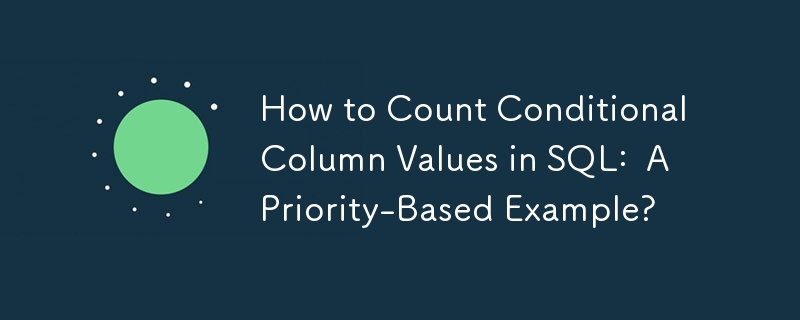Found a total of 10000 related content

Create fancy card with animated gradient border
Article Introduction:In this tutorial, I'll walk you through creating an animated gradient border effect using CSS custom properties, which can add a dynamic and eye-catching look to your UI components. By the end, you'll have a simple card with an animated gradient bord
2024-10-21
comment 0
1169
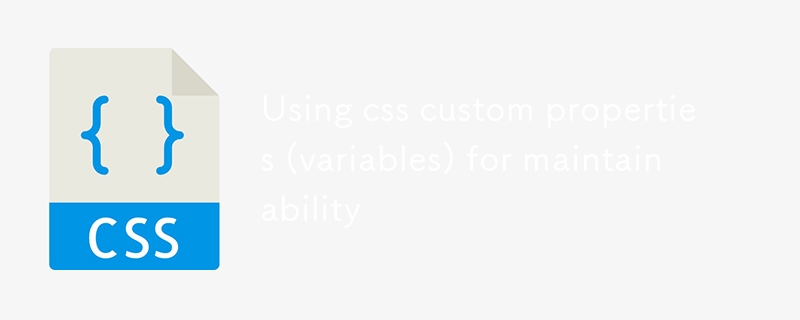
Using css custom properties (variables) for maintainability
Article Introduction:Using CSS variables can effectively improve style maintainability. 1. By unified designing the basic elements of the system such as colors, fonts, etc., global calls and modifications are realized, such as defining --color-primary and reusing them in multiple components; 2. Component-level variables support local customization, such as setting independent margins and background colors for card components; 3. Dynamically switch variable values in combination with media query to achieve responsive design; 4. Good naming and organizational methods, such as semantic naming and module grouping, helping team collaboration. Use CSS variables reasonably to make the project easier to maintain and expand.
2025-07-13
comment 0
1025
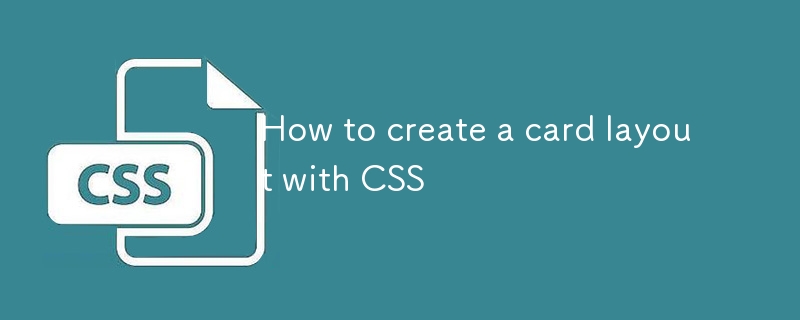
How to create a card layout with CSS
Article Introduction:The key to creating a card layout with CSS is to have clear structure and reasonable style. A common practice is to combine HTML semantic tags with Flexbox or Grid layouts. 1. The infrastructure uses semantic labels such as, etc. to build a card content framework. 2. Style design controls the appearance and spacing of the card by setting width, inner margins, borders, background colors, shadows and flex layouts. 3. Multi-card arrangement can be used to implement responsive line breaking layouts using Flexbox, or Grid can implement fixed column number layouts, which can automatically adapt to different screen widths. 4. Detail processing includes maintaining the proportion of the picture, enhancing interaction with hovering effect, and restricting text content to avoid layout confusion.
2025-07-22
comment 0
833

Example of a dark mode toggle in a Vue app
Article Introduction:The core steps in implementing the dark mode switching function in Vue applications are as follows: 1. Use data attributes to manage the theme state and implement style switching by binding class names; 2. Use localStorage to persist user preferences so that the settings will still take effect after page refresh; 3. Add dark classes to html or body to define dark theme styles in CSS; 4. It is recommended to use Vuex to manage global theme state in large projects to improve maintainability. These steps correspond to advanced applications of basic implementation, state persistence, style control and state management, ensuring that darkmode functions are complete and experience is consistent.
2025-07-26
comment 0
343
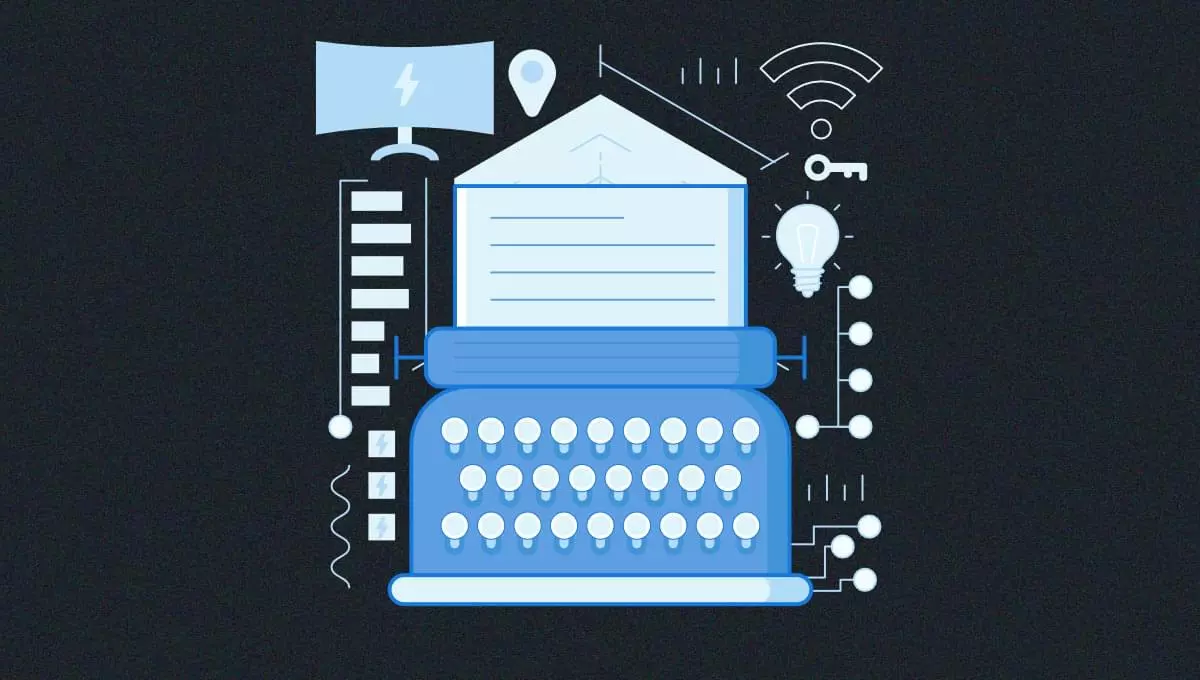
How to Create a CSS Typewriter Effect for Your Website
Article Introduction:Pure CSS creates engaging typewriter text effects
Core points:
CSS typewriter effects make website content more dynamic and attractive by gradually displaying text, and can be used for login pages, personal websites and code demonstrations.
Typewriter effects can be created by using the CSS steps() function to change the width of the text element from 0% to 100%, and animation simulation of the cursor of "photo" the text.
Typing effects can be adjusted by increasing or decreasing the number of steps and duration of the typing animation to accommodate longer or shorter text.
Typewriter effects can be used in conjunction with flashing cursor animations to enhance the effect, and the cursor can be customized by adjusting its border-right attribute, color, flashing frequency, and more.
This article will
2025-02-08
comment 0
795
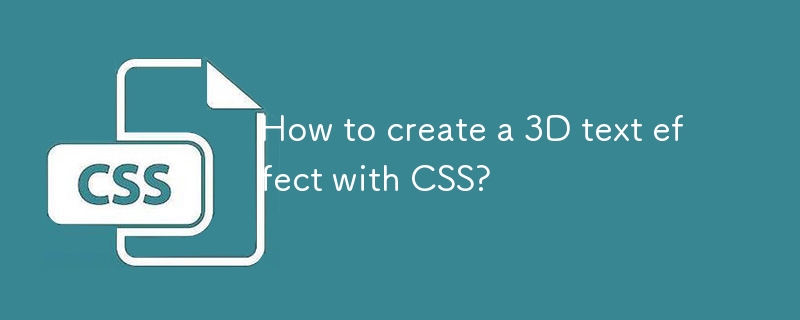
How to create a 3D text effect with CSS?
Article Introduction:Use text-shadow to overlay multiple shadows to create a 3D effect, each layer of shadow simulates depth through incremental horizontal and vertical offsets; 2. Use sharp contrasting solid colors or gradient backgrounds to enhance the three-dimensional sense, such as dark gradients to set off light text; 3. Optionally add hover animations to make the text "pop up" by increasing shadow offset and slight displacement; 4. Fine-tune the color gradient, blur and direction, use different dark grays and slight blurs to enhance the realism, and ultimately achieve a pure CSS three-dimensional text effect without 3D transformation.
2025-07-31
comment 0
938

What are CSS transitions
Article Introduction:CSS transitions enable switching between CSS attribute values ??through smooth animations, which are suitable for user interaction scenarios such as button hovering effects, menu expansion and collapse. Common usages include button closure effect, drop-down menu gradient, background color gradient, image transparency or zoom changes. The basic syntax is a transition: attribute duration time sequence function, which can specify a single or multiple attributes, or all can be used to represent all attributes, but it should be used with caution. Timing functions such as ease, linear, and ease-in-out control the animation speed curve, and can also be customized by cubic-bezier. It is recommended to prioritize opacity and transform for better performance, combined with @media(prefers-
2025-07-01
comment 0
332

How to overlap elements in CSS?
Article Introduction:To achieve CSS element overlap, you need to use positioning and z-index attributes. 1. Use position and z-index: Set elements to non-static positioning (such as absolute, relative, etc.), and control the stacking order through z-index, the larger the value, the higher the value. 2. Common positioning methods: absolute is used for precise layout, relative is used for relatively offset and overlap adjacent elements, fixed or sticky is used for fixed positioning of suspended layers. 3. Actual example: By setting the parent container position:relative, child element position:absolute and different z-index, the card overlap effect can be achieved.
2025-07-30
comment 0
348

How to create a CSS-only tooltip?
Article Introduction:To create a pure CSS prompt box, you must first set up an HTML structure and use a container containing trigger elements and prompt text; 2. Hidden the prompt text by default through CSS, and use the :hover pseudo-class to achieve hover display; 3. Add position, visibility, opacity and transition attributes to achieve smooth display effect; 4. Optionally add pseudo-elements::after to create a pointing arrow and adjust the position to achieve different directions of up, down, left and right; 5. Key points include using visibility instead of display to support transition animation, ensuring that the parent container is positioned as a relative child element and absolute, and using z-index to ensure complete hierarchical display.
2025-07-28
comment 0
605
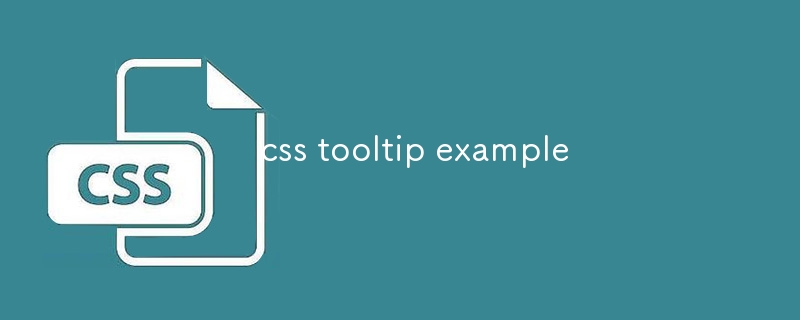
css tooltip example
Article Introduction:The CSSTooltip effect is implemented through pure CSS without JavaScript; 2. Use :hover to trigger visibility and opacity changes to achieve display and fade in animation; 3. The prompt box is positioned by position:absolute, and left:50% plus transform:translateX (-50%) to achieve horizontal centering; 4. Use ::after pseudo-element to create a small arrow pointing down; 5.z-index:1 to ensure that the prompt box is at the top level; 6. You can adjust the attributes such as top, bottom and border-color to achieve prompt boxes in different directions up, down, left and right directions; 7. It is recommended to use vi
2025-07-28
comment 0
731
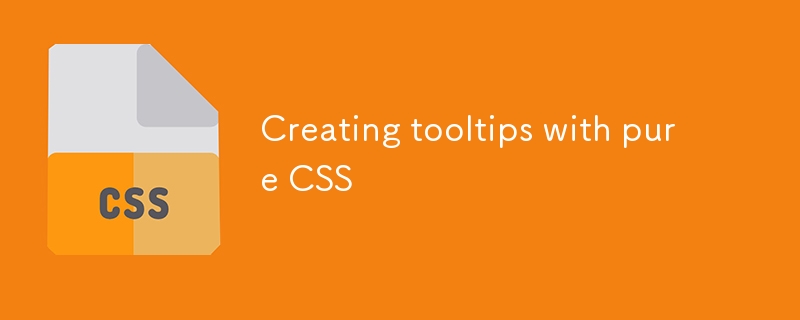
Creating tooltips with pure CSS
Article Introduction:The method of implementing tooltip with pure CSS is: 1. Use nested HTML structure to wrap the trigger area and prompt content; 2. Control the display and hide of child elements through:hover; 3. Use absolute positioning to set the prompt box position; 4. Add animation to improve the experience; 5. Pay attention to z-index and multi-directional adaptation. The specific implementation includes setting .tooltip as relative positioning, .tooltiptext is hidden by default, becomes visible when hover, and can add transition to achieve fading and delay effects. At the same time, positioning in different directions is controlled through class names, but it should be noted that the effect of hover on the mobile side may be limited.
2025-07-07
comment 0
227

Vanilla Javascript: Creating Animated Sticky Navigation Menu
Article Introduction:Core points
Create an animated sticky navigation menus without the need for a jQuery plugin using pure JavaScript, CSS, and HTML. The menu is designed to slide out of view when scrolling down and slide back into view with a translucent effect when scrolling up.
This process involves setting up the basic HTML structure, applying styles to main elements, and then animateing the menu. The animation is triggered by attaching the event handler to the scroll event and using CSS transformation to adjust the position and appearance of the menu according to the scrolling direction.
This custom solution provides more design flexibility and allows easy customization to be done according to specific needs. The end result is a dynamic interactive navigation menu that enhances the user experience.
Web navigation menu design needs to consider many factors, such as dishes
2025-02-16
comment 0
1160

How to use media queries for responsive design
Article Introduction:Media query is the basic tool for responsive website design, enabling multi-device compatibility by switching styles based on device characteristics (such as screen width). Its basic syntax is @media media type and (condition){CSS rules}, for example, using @mediascreenand(max-width:767px) to adjust the style of the small screen. It is recommended to adopt a mobile priority strategy, first define the mobile phone style and then gradually adapt to a larger screen. Pay attention to when using: ① Select a general breakpoint instead of a specific device size; ② Set the viewport meta tag to ensure that the mobile terminal takes effect; ③ Avoid relying solely on browser zoom tests; ④ Only modify the styles that need to be adjusted in media queries. Mastering media queries helps build a responsive layout with clear structure and easy to maintain.
2025-06-30
comment 0
506
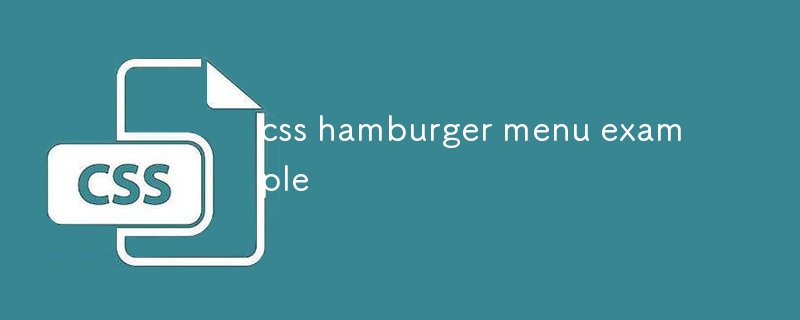
css hamburger menu example
Article Introduction:The hamburger menu implemented in pure CSS expands the right sliding menu when the button is clicked on a small screen and changes the icon to a fork. The hidden buttons on the large screen display horizontal navigation; 1. Use hidden checkbox to trigger interaction with label; 2. Use checked pseudo-class to control menu display and animation; 3. The hamburger icon is composed of three horizontal lines. When selected, the first and third rotations form a fork, and the second transparent disappears; 4. The menu is initially placed outside the right side with fixed positioning, and expands right:0 when selected; 5. Media query switches to horizontal layout and hides the hamburger button when the screen is greater than 768px; this solution does not require JavaScript, supports responsive switching and transition animation, suitable for basic scenes, and can be added by adding AR
2025-08-01
comment 0
454
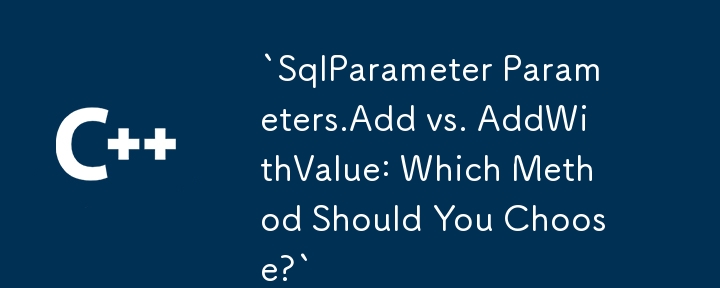
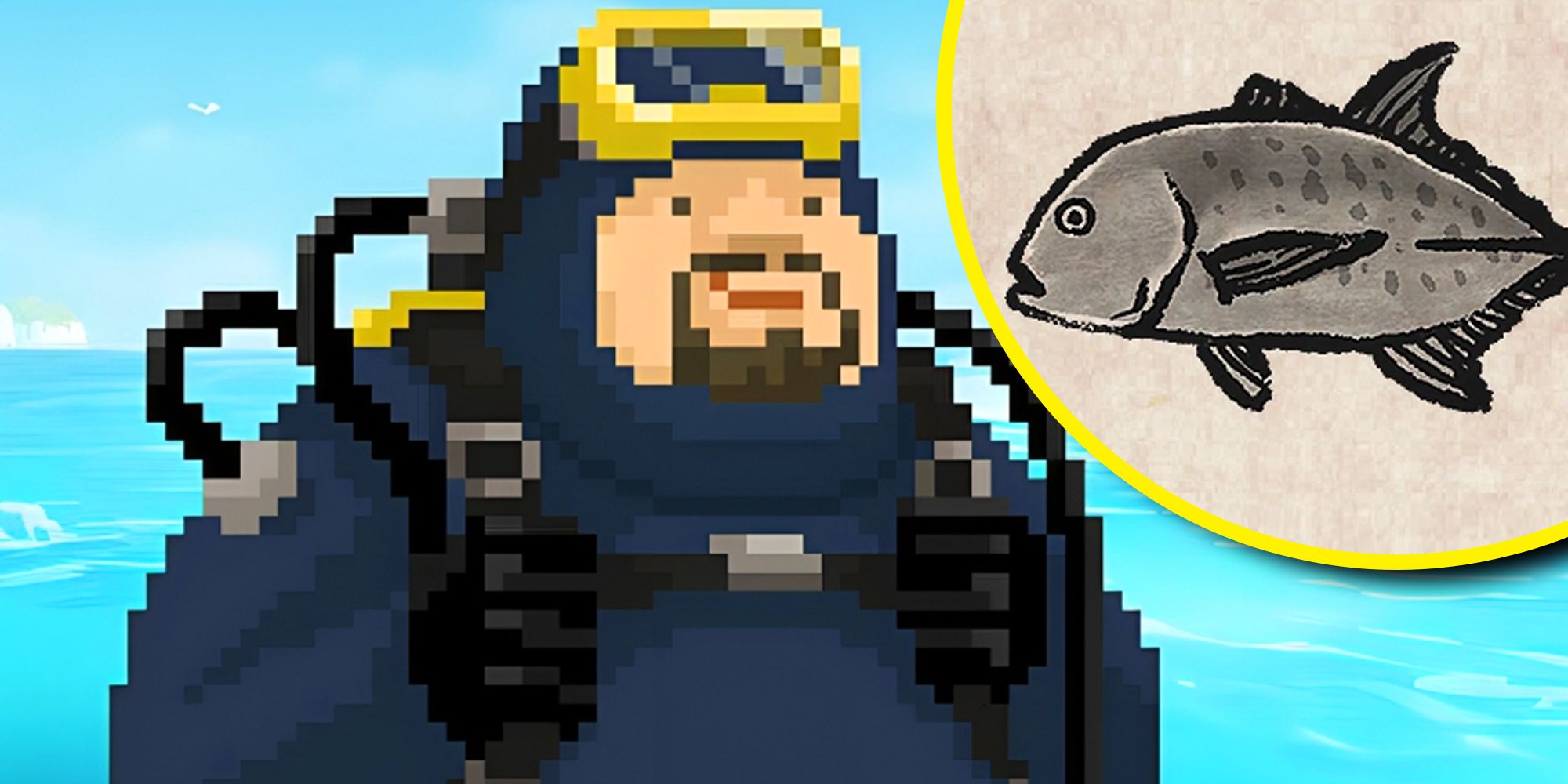
Dave The Diver: How To Catch Spider Crabs
Article Introduction:In Dave The Diver, there are some creatures that are not easy to catch. Or, catch alive that is. The spider crab is one of those very species, making it seem like the only way to bring these crustaceans back up to land is to viciously crack them up w
2025-01-10
comment 0
853
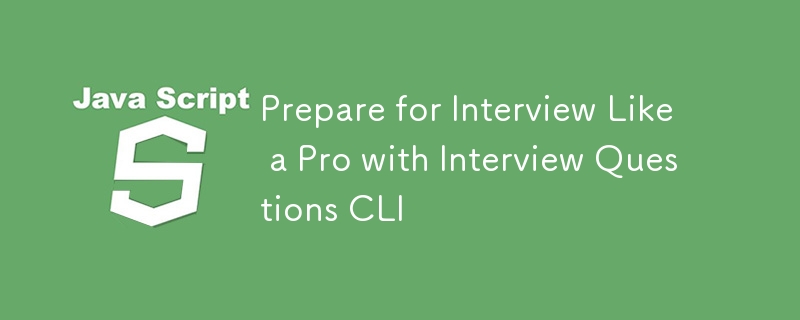
Prepare for Interview Like a Pro with Interview Questions CLI
Article Introduction:Prepare for Interview Like a Pro with Interview Questions CLI
What is the Interview Questions CLI?
The Interview Questions CLI is a command-line tool designed for JavaScript learners and developers who want to enhance their interview
2025-01-10
comment 0
1484

















